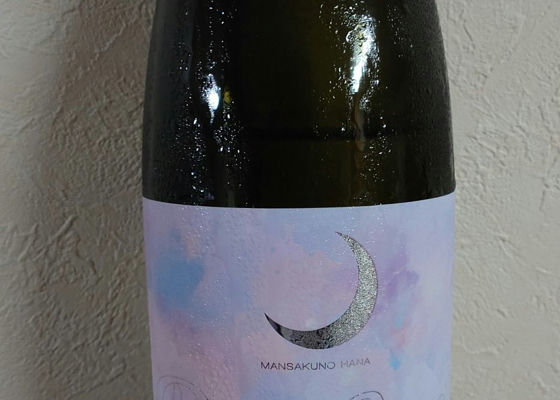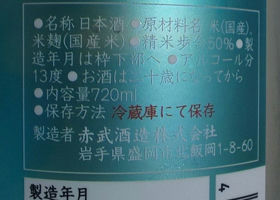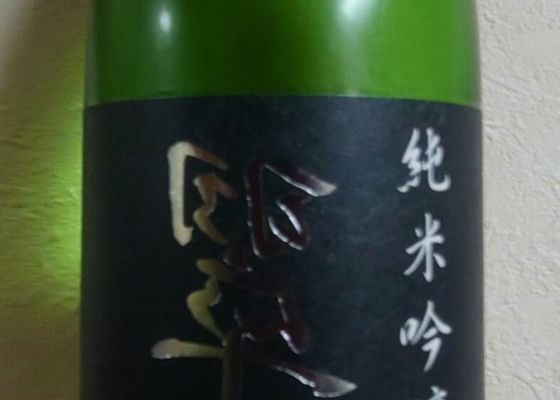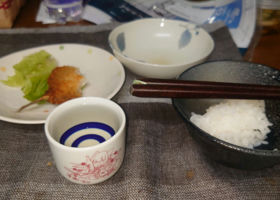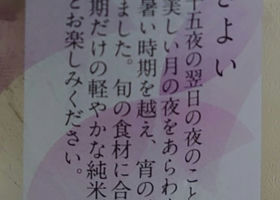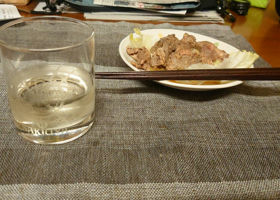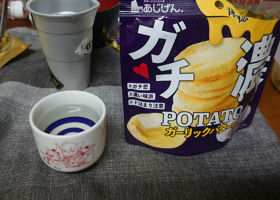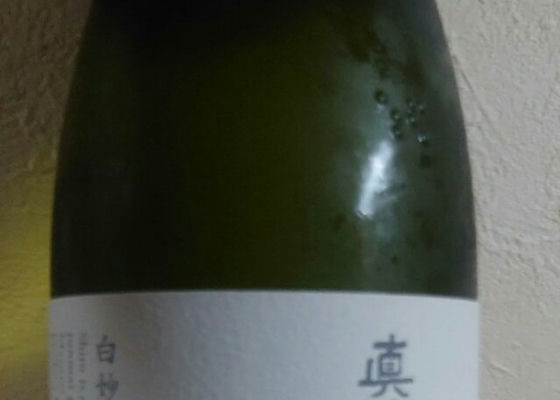


山廃純米
I bought this bottle at Belk's on my way to work because my body was in need of a drink. I got the impression that it is not a traditional sake, but a modern, clean or refreshing drink. And the specs are
Rice used: Domestic rice (both rice and rice malt)
Polishing ratio = 50%.
Sake meter = around 2.0
Acidity = around 1.4
Amino acidity = around 1.1
(From the brewery's website)
If you are going to drink a cup of sake, you want it to have this level of quality. This is a bottle from a long-established brewery in Handa, Aichi, which has been in existence since the Edo period.
Japanese>English







